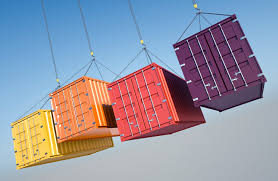
Seamless flow of goods across borders is vital to achieving a single market and production base in ASEAN. To support this, ASEAN Member States (AMS) signed in 2012 the ASEAN Agreement on Customs which is a comprehensive legal framework enabling the implementation of specific measures for free movement of goods and transportation, as well as the harmonisation of customs procedures in the region. With the Agreement, customs laws are being applied more consistently and transparently, making transactions more predictable and costeffective for businesses and consumers.
AMS have also been making improvements in the ASEAN Harmonised Tariff Nomenclature (AHTN) to keep it in line with their changing needs and the dynamics of international trade and technology. The AHTN is a common tariff nomenclature that also provides clear rules and explanatory notes so that it is uniformly implemented by AMS. As a single system for classifying goods, it has simplified intra-ASEAN trade considerably. AMS are developing the ASEAN Customs Transit System (ACTS) which will further streamline crossborder trade through a computerised transit data system based on a common customs declaration. The ACTS will use only one guarantee valid in all countries to cover the goods in transit throughout the entire journey. This will expedite the delivery of goods needed by businesses for their operations.
To promote customs integration further, ASEAN customs officials have been assessing the outcomes of activities implemented under the Strategic Plan of Customs Development (SPCD) for 2011-2015 and formulating the key thrusts beyond 2015. It is hoped that the implementation of SPCD has contributed to faster customs clearance and to more consistent, predictable and responsive customs policymaking.
Share: